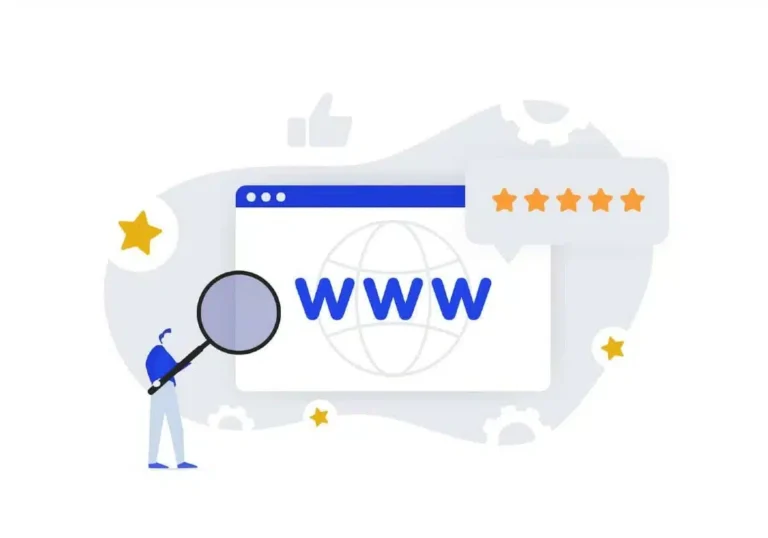
It has been almost 30 years since the world witnessed the birth of a new and advanced form of connectivity, satellite internet. Launched in 1996 by Hughes Network Systems, this new form of internet emerged after the company created and launched the satellite, HNS-1 into orbit.
However, despite being a major technological breakthrough, this early form of satellite internet saw considerable challenges such as high latencies, slow speeds, and limited availability.
Over the years, more telecom companies began to invest in and improve this advanced form of connectivity, with major innovations by SpaceX fueling the adoption of this form of internet to an increased number of areas.
Now SpaceX is going to bring to us the next big thing in the telecom industry. By partnering with various telecom giants such as T-Mobile (USA) and Rogers (Canada), developments and beta testing into direct-to-cell satellite service have begun.
This new project focuses on allowing SpaceX’s Starlink satellites their reach and will connect mobile phones using plans such as the T-Mobile Starlink to enjoy cellular services from almost anywhere on Earth.
This article will orbit around what direct-to-cell satellite service is, the key features of this emerging technology as well as its benefits and implementational challenges.
Let’s take off!
What is Direct-to-Cell Satellite Service?
Direct-to-cell satellite service, as the name suggests, is an upcoming form of connectivity that will allow users to stay connected using satellite beams.
The reach of traditional cellular networks is often limited by geographical barriers since they require cell towers to transmit their signals. As a result, they’re mostly available in developed areas but limited to remote or underserved areas due to a lack of infrastructure to support cell towers.
Direct-to-cell satellite service can overcome these barriers. With just a clear view of the sky, mobile users can stay connected in the most remote areas, eliminating no connectivity areas known as dead zones.
The technology is currently limited to text messages, however, major developments into updates such as voice and data coverage, and the Internet of Things (IoT), are underway and may be expected to launch later on in 2025.
Direct-to-cell satellite service offers various features that are all set to bring forth the next wave of global connectivity. The next section explores some of the most notable ones.
Key Features of Direct-to-Cell Satellite Services
Packed with a range of cutting-edge features, this upcoming technology will allow cellphone users across the globe access to convenient global connectivity. These features include:
- No Hardware Update or Software Required: Mobile users can utilize their existing LTE-compatible smartphones without making any hardware modifications or downloading any software to their device to connect to the satellite network.
- Close Range Widespread Connectivity: SpaceX’s Starlink satellites orbit closer to the Earth. Acting like a cellular tower in the sky, these features enable quick, convenient, and constant connectivity with cellular devices in even the most remote areas.
- Multiple Communication Options: As mentioned earlier, the technology is still in its infancy stage, and currently in beta testing. At the moment, users can enjoy text messaging, however, plans to expand to voice calls and limited data usage are in the works.
- Seamless Automatic Switching: If users are on a T-Mobile plan, their mobile devices can automatically connect to a satellite network when traditional cellular networks are unavailable.
These features packed into this upcoming technology pave the way for users to enjoy a range of benefits, however, they give rise to a range of challenges as well, both of which will be explored next.
The Benefits and Challenges of Direct-to-Cell Satellite Service
Starting with the positives, let’s explore how this technology will impact our lives.
Benefits of Direct-to-Cell Satellite Service
- Enabling Constant Global Connectivity: By providing access to cellular services in remote and underserved areas as well as in natural landscapes such as mountains, oceans, and deserts, direct-to-cell services can ensure everyone can stay connected on the go.
- Allowing Emergency Communication: There have been numerous instances where a lack of connectivity led to drastic consequences. Direct-to-cell satellite service holds the potential to significantly reduce such events, thanks to the widespread availability of low earth orbit satellites, that users can connect to from anywhere.
- Potential to Bridge the Digital Divide: Providing individuals in remote and underserved areas access to basic communication via constantly available cellular services can help them stay in touch with loved ones and go a long way in bridging the already-large digital divide.
The arrival of this technology does present its fair share of challenges. Some of the most crucial will be explored next.
Challenges of Direct-to-Cell Satellite Service
- Dependent on Good Weather: Natural phenomena such as snowfall, heavy rain, or thunderstorms can significantly weaken the satellite signals, resulting in network unavailability or interruptions.
- Impacted by Physical Boundaries: large physical structures such as buildings can disrupt satellite signals, making it challenging to connect and communicate indoors.
Direct-to-Cell Satellite Service – The New Frontier of Cellular Communication
Direct-to-cell satellite services are on the horizon and promise to revolutionize the way we communicate, providing greater accessibility, and eliminating the effects of underdevelopment on communication.
As the technology develops, it will challenge the limits of communication opportunities. Who knows, we may even be able to communicate across planets one day!
Whatever groundbreaking developments await us, it’s time to brace ourselves for the next phase of communication and a hyper-connected world.







